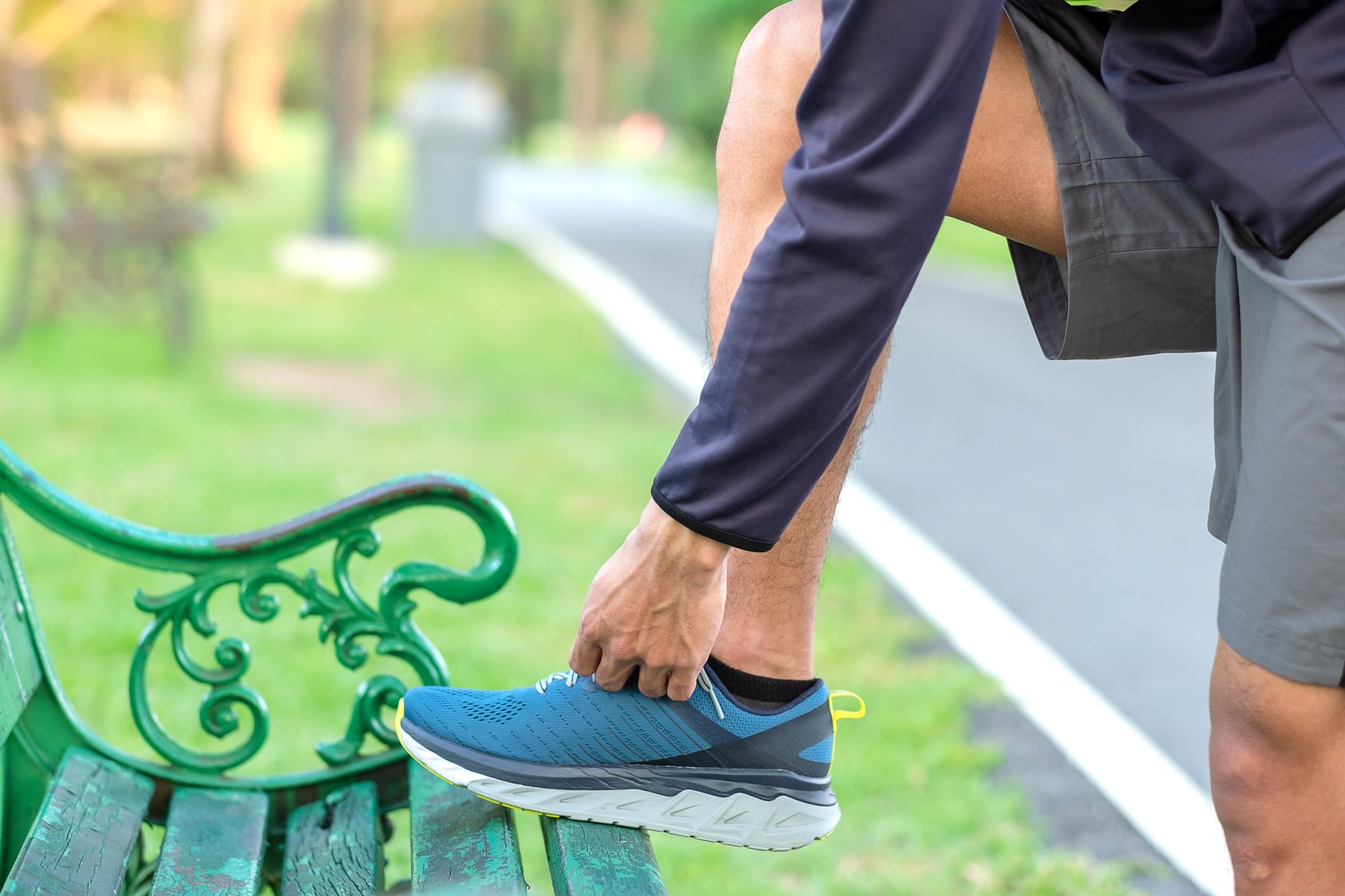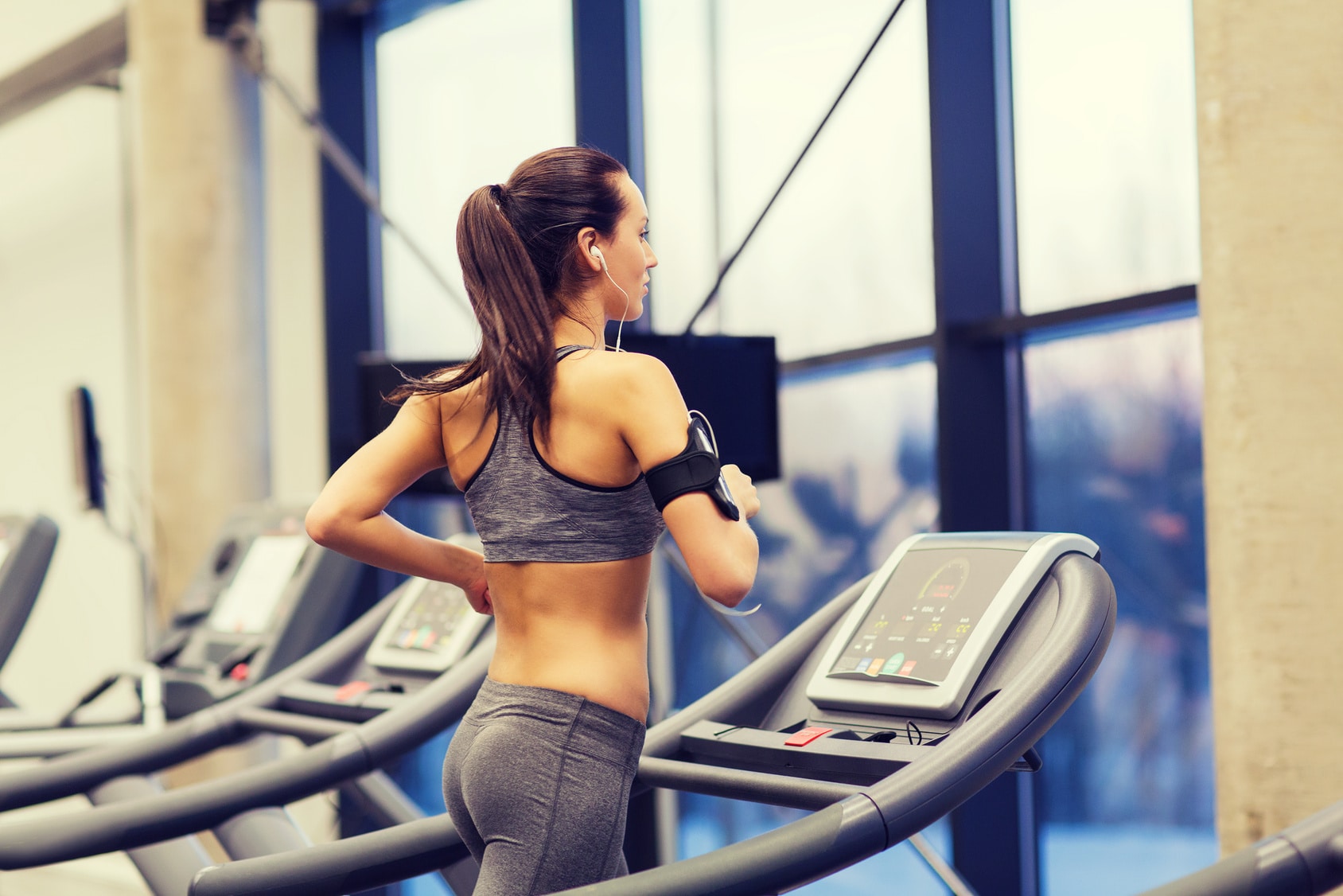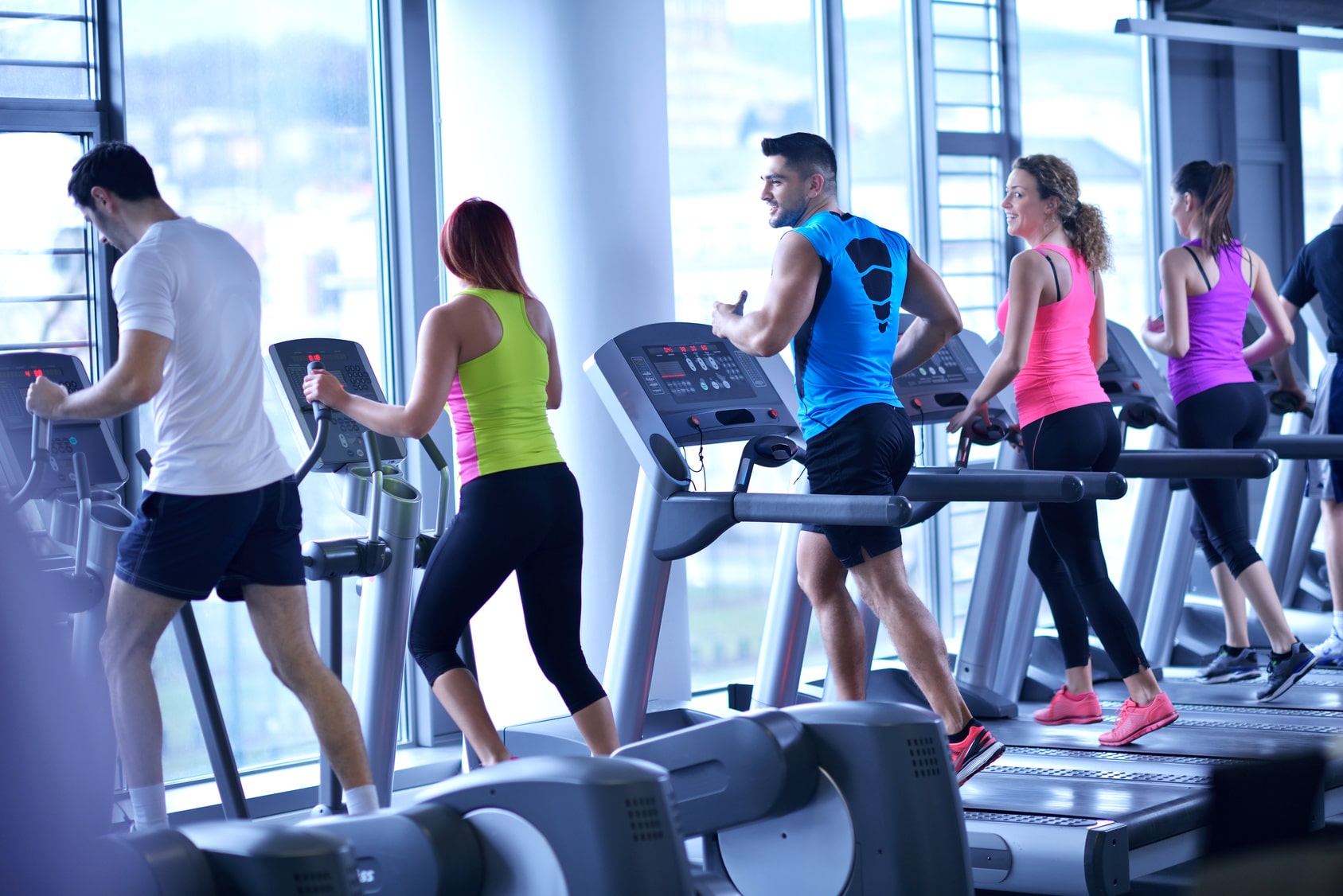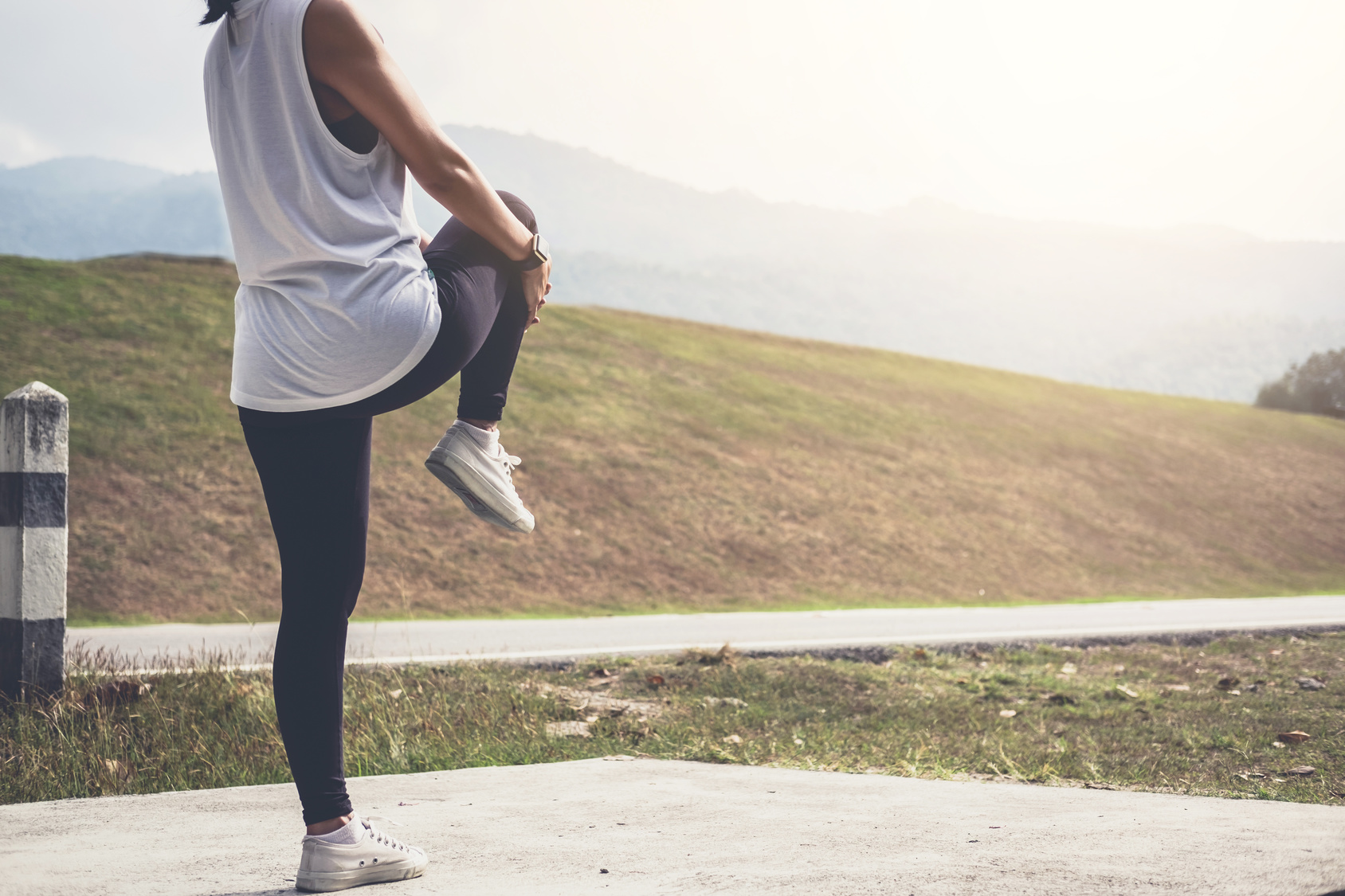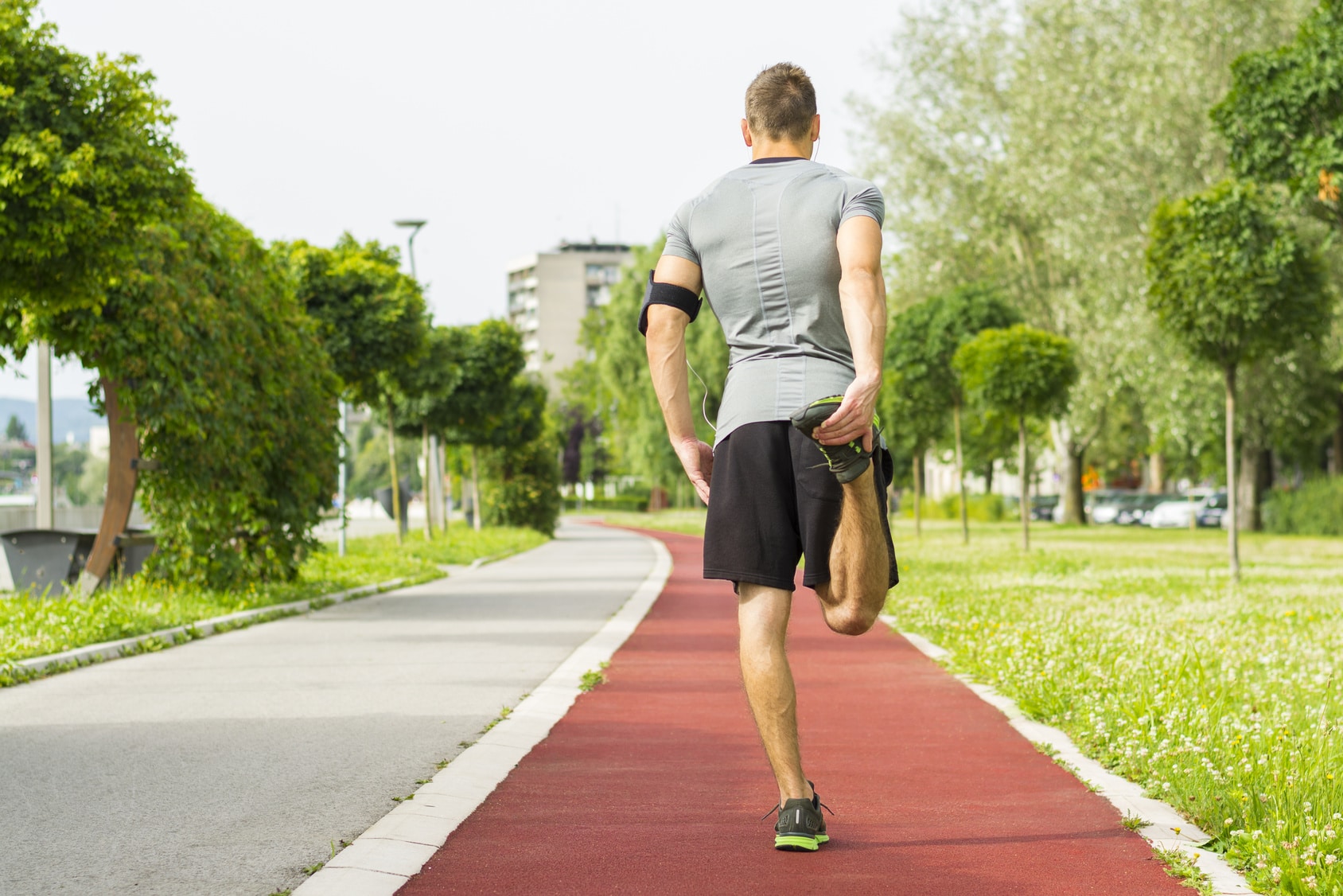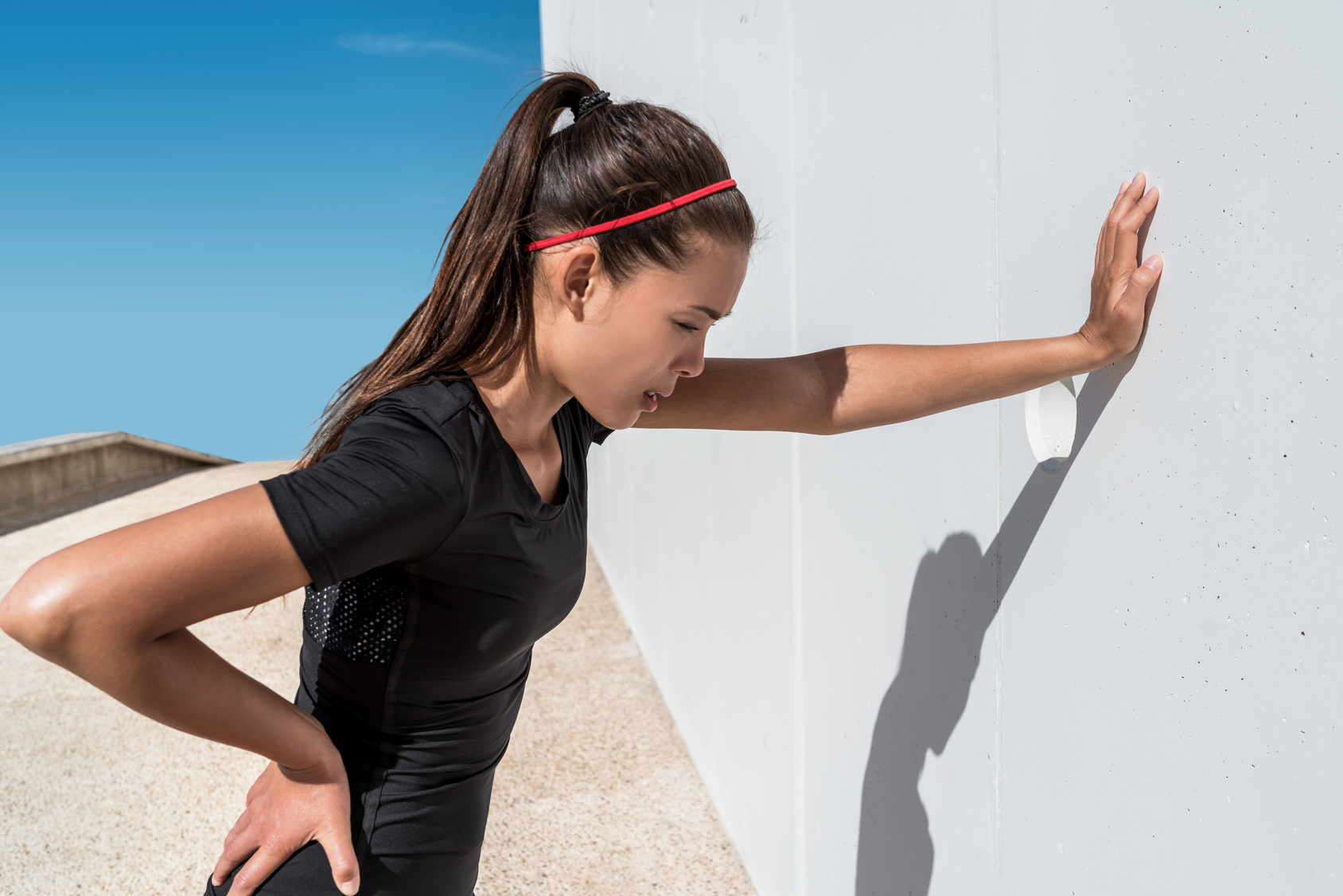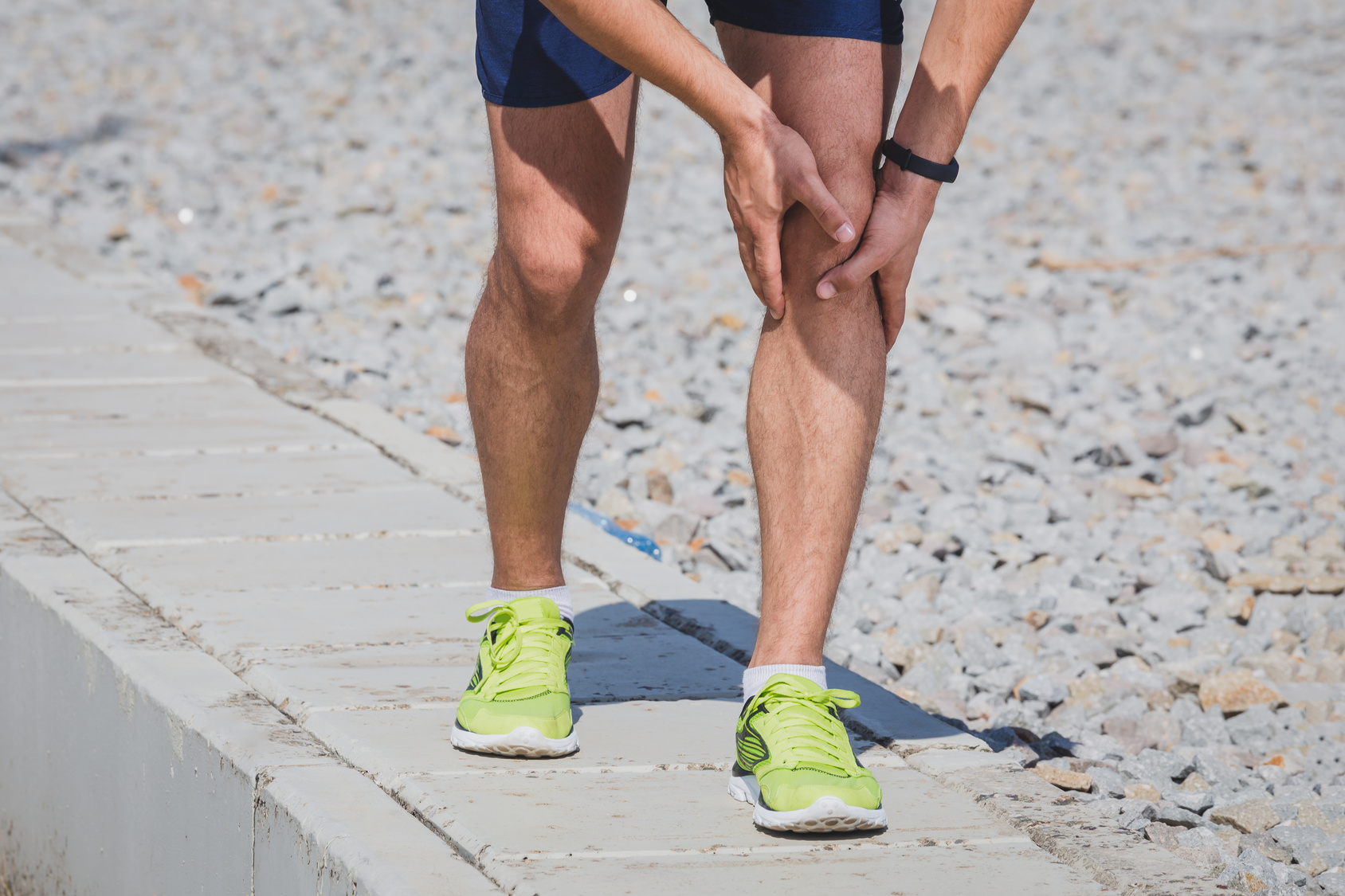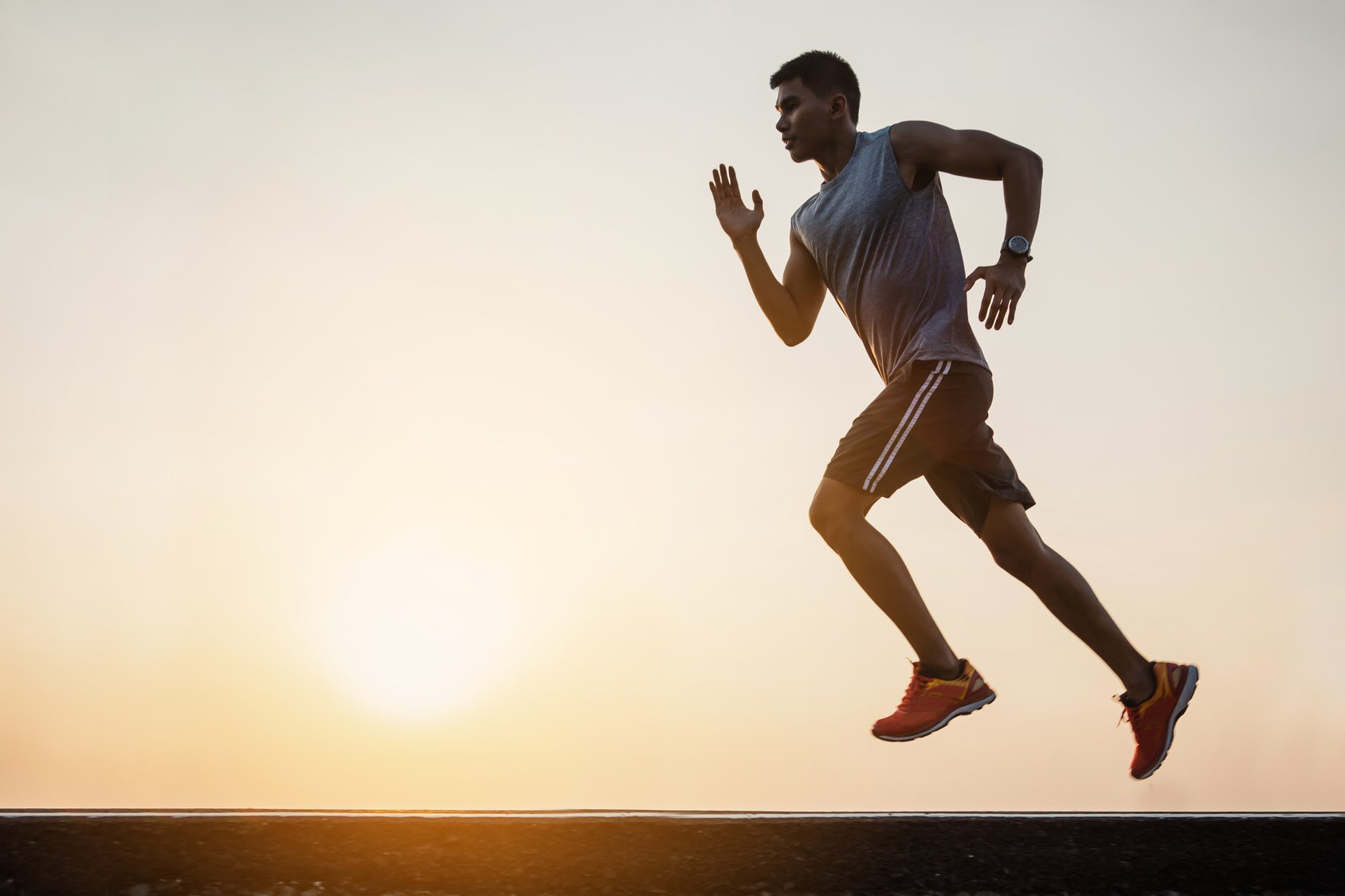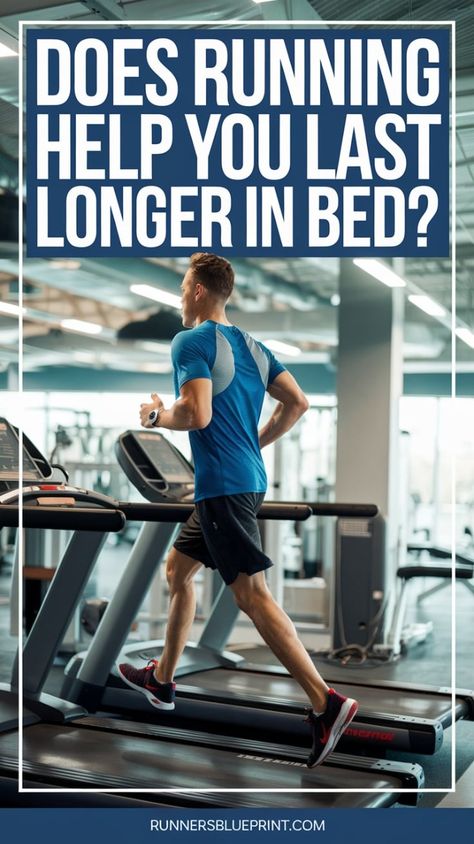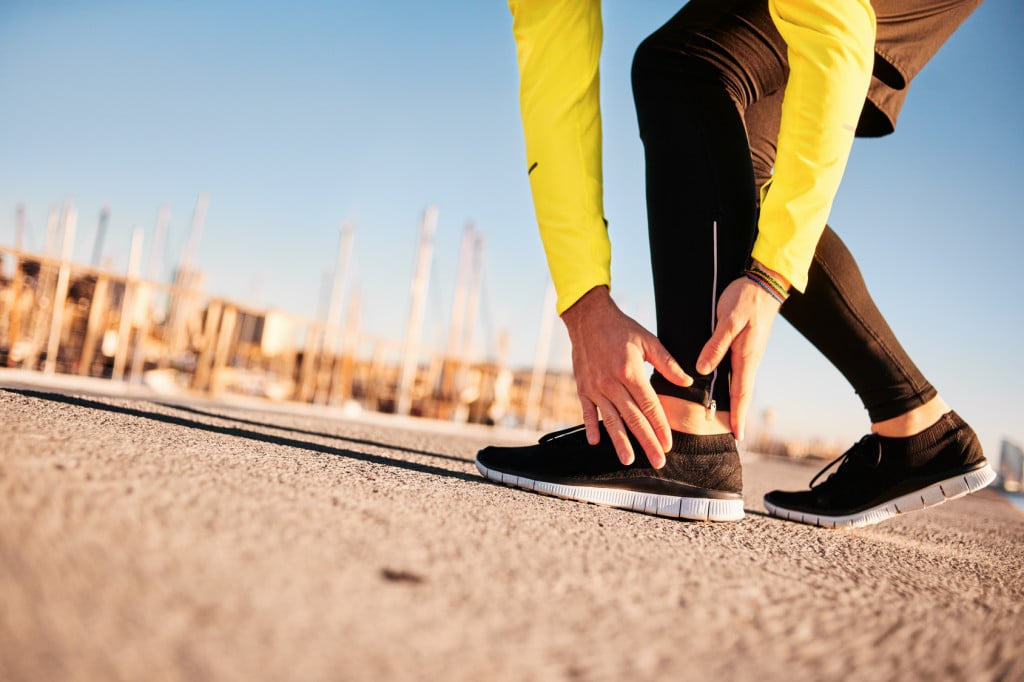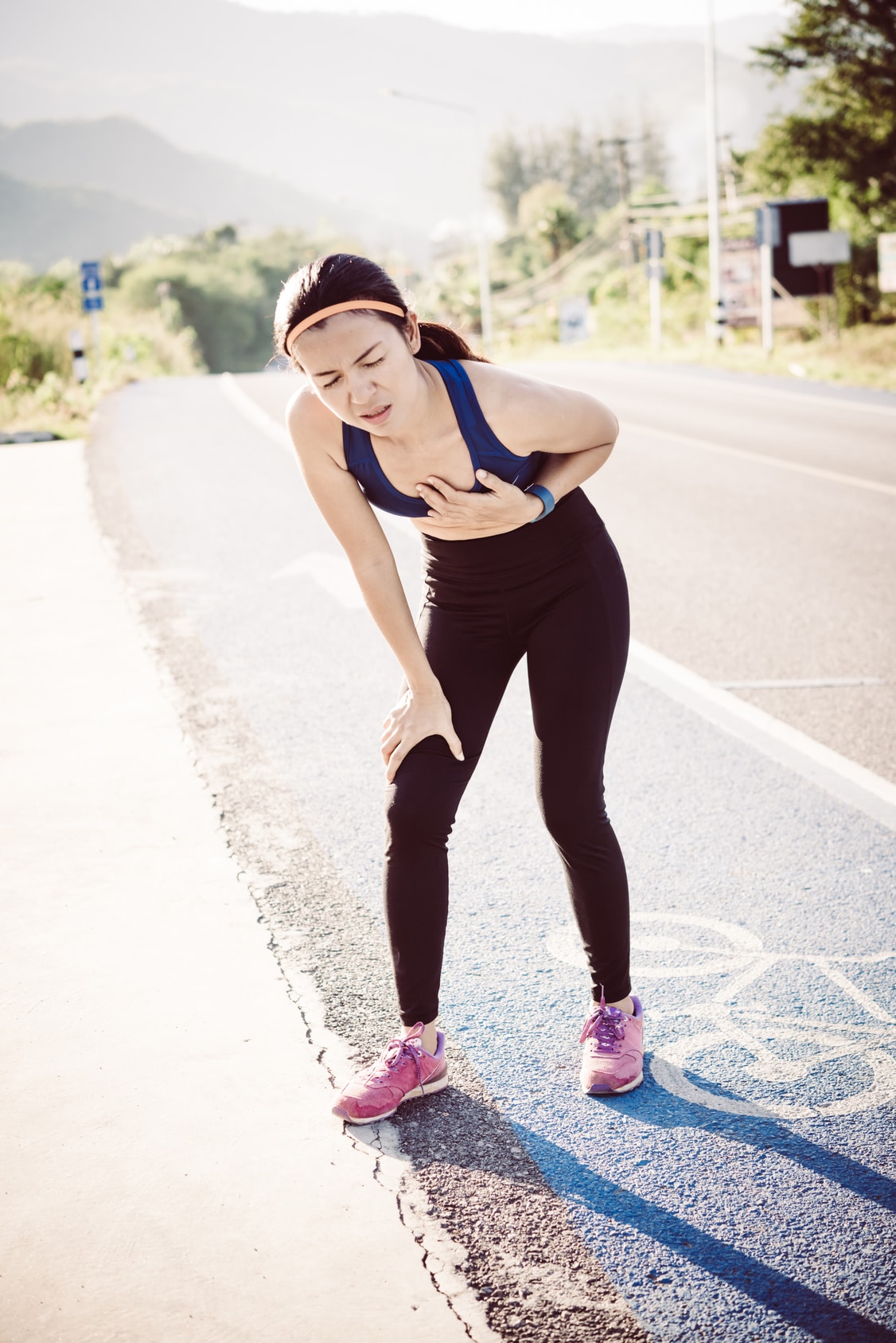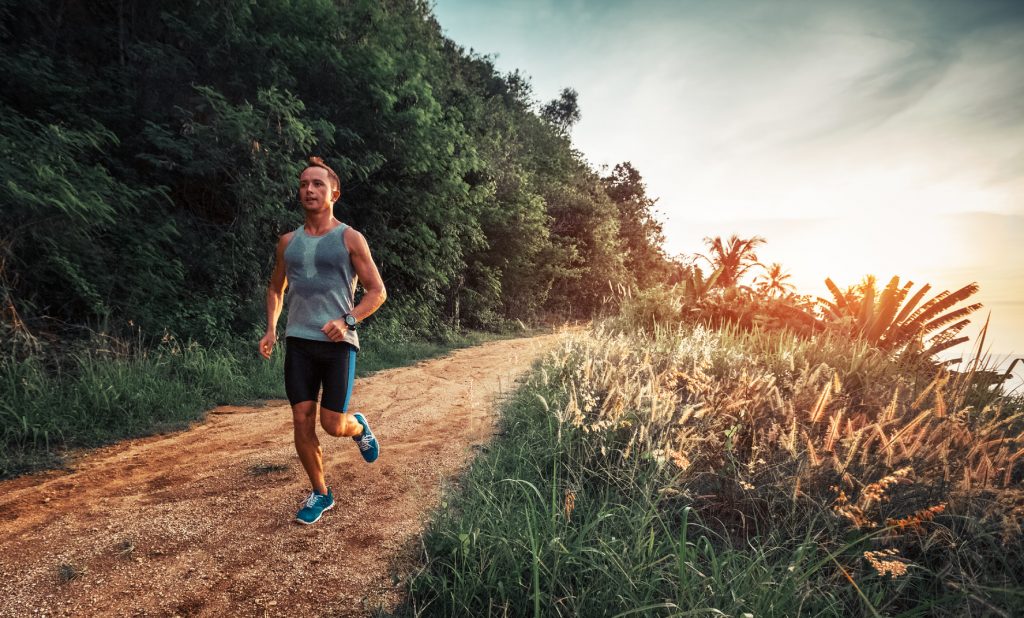Running and foot calluses go hand in hand.
In fact, if you log in serious miles every week and have zero calluses, consider yourself one of the lucky ones.
Here’s the truth.
Excessively large calluses aren’t just a problem of appearance, but can also cause discomfort during exercise, especially when running.
They’re also pretty common among athletes from all training backgrounds.
In today’s post, we’ll go through what causes this skin build-up while running, how to prevent calluses, and how to treat them.
Sounds great?
Let’s get started.
Foot Callus From Running – The Definition
Also known as a corn, a callus is hardened skin that occurs in friction-prone areas, such as the bottom of the foot, or over bony projections.
Often painless, calluses are your skin’s natural protective reaction of pressure sites.
The affected skin may start getting dry, flaky, and harder than the rest of your skin.
For most runners, this hardened mass of skin tends to build up in the heel, likely from the edge of the shoe rubbing repeatedly against the back of the foot.
What’s more?
If you run in improper shoes, you might develop a callus along the outside of your big toe.
Here’s the good news.
There are many things you can do to lower your risk of developing calluses during running.
Here are a few.
The Symptoms of A Running Callus
It’s easy to tell that you have a callus.
Usually, the skin of a plantar callus is yellowish or gray.
It may also feel flaky, tough, and dry.
The skin may be tender when direct pressure is applied to the region.
Not a Bad Thing
Getting a callus as a runner isn’t necessarily a bad thing.
There’s actually a benefit of having calluses when pounding the pavement.
This hardened skin buildup in areas prone to friction and rubbing against your shoes protect you from forming blisters.
In essence, calluses protect your feet against blisters and sores while running.
Although calluses your our body’s natural reaction for protecting the skin, like all good things in life, too much of a good thing can do you more harm than good.
How To Prevent A Running Callus
Here are a few simple measures to help you prevent and manage painful calluses.
Proper Running Shoes
Running in improper shoes can be a real problem for your feet, likely resulting in numbness, blisters, and calluses.
This is especially the case if your shoes are too narrow and tight in the forefoot, causing pinched-nerve pain and calluses.
If you’re prone to calluses, make sure your running shoes suit your feet and running style.
They should be wide enough across the front, so there little no friction or pinching.
Additional guide – How to prevent Foot pain from running
Good Socks
Proper running socks are also key.
Go for sports socks made from polyester-cotton blend.
Technical materials help reduce moisture better than regular cotton socks.
High-performance socks are often designed with extra cushion in callus prone areas.
What’s more?
You can also reduce friction when running by wearing thicker socks that have extra padding in high-friction areas.
Reduce Friction
As previously stated, friction lies at the heart of the problem.
Anything you can do to reduce it is surely welcomed.
Use a foot ointment that can help reduce friction while running, thus preventing calluses.
You can also prevent calluses by putting a barrier between where the shoe is rubbing and your skin.
Place the bandage inside of your running shoes where the shoes rub against your foot.
Additional resource – Here’s your guide to pain on top of the foot when running.
Treating Foot Calluses For Runners
If your calluses are painful, you should take some measures to ease the pain.
Here’s how to treat running-induced calluses by yourself.
First, start by soaking your feet in soapy, warm water for 5 to 10 minutes. This helps soften the skin.
Next, get a pumice stone (available at your local drugstore), get it wet, then gently shave lightly the dead skin, AND the callus using circular or sideways motions for two to three minutes.
Stay safe.
Do not take too much skin off—or else, you’ll wound your foot.
And you don’t want that.
Repeat this process many times per week or as needed.
Apply moisturizing foot cream following the scrub sessions to keep the area soft.
The ingredients should include Ammonium, Salicylic Acid, Urea, or Ammonium Lactate.
When to See A Doctor
Although most cases of callus do not require medical attention, you need to have it looked at by your doctor or podiatrist.
The following scenario deserves attention from a healthcare professional.
The callus is red, dry, and cracking. This may indicate chronic athlete foot.
The callus is chronic and recurring. Your sports-oriented physician may help you figure out why your calluses keep returning.
If you notice that your callus is warm to the touch, red, or particularly painful, seek medical attention.
These red flags could signal an infection.
The callus is thick and painful. It should be treated by a sports-oriented physician.
The callus has clear fluid or pus discharge. This could indicate that the callus might be infected or ulcerated, thereby, requires medical attention.
If you have heart problems, diabetes, or circulatory problems, suffering from any of these conditions makes it more likely for you to develop an infection.
If you have any of these conditions, check your feet for damage regularly.
Additional Resource – Does running make you old

